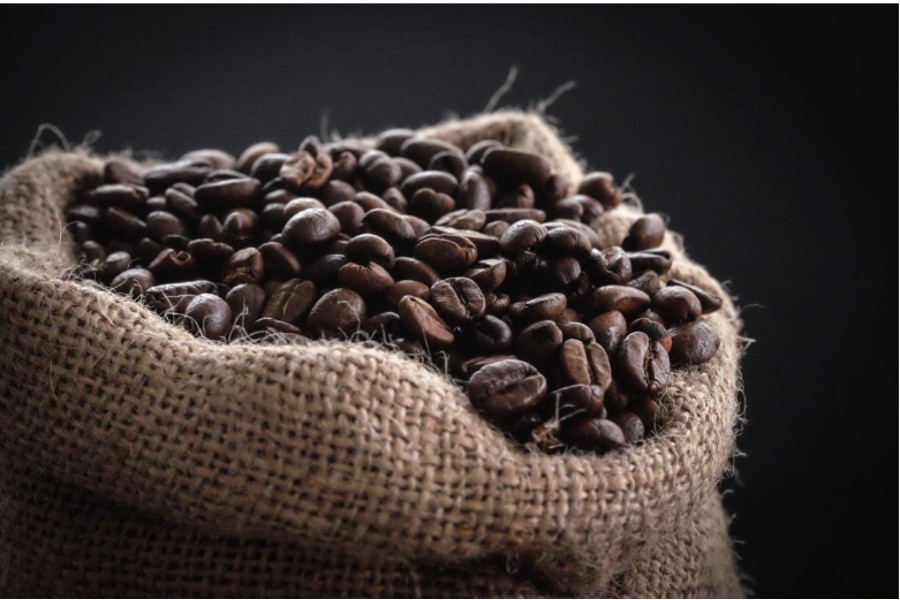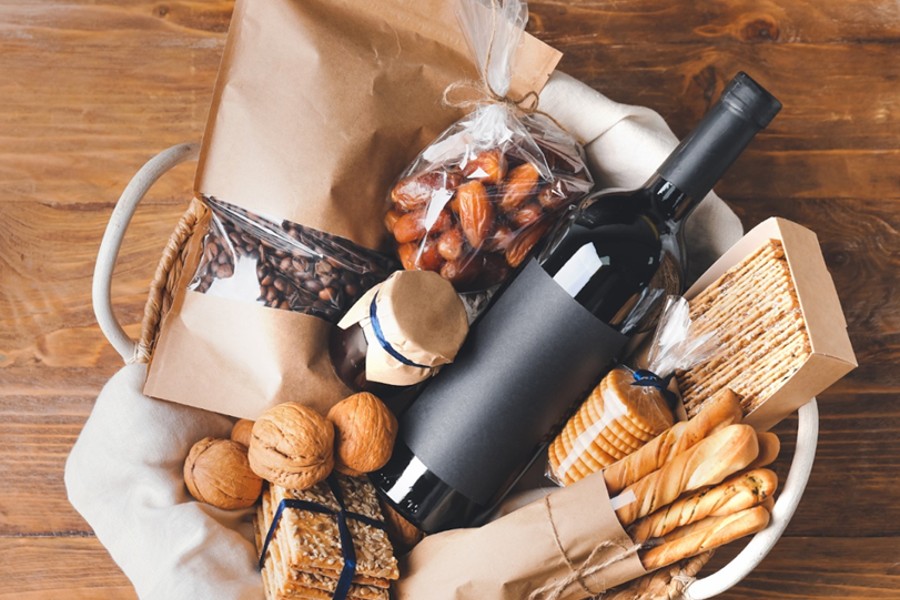
Barbecuing has long been a favorite cooking method for grillmasters and food lovers worldwide.
A key part of barbecuing is making the perfect BBQ rub, which adds essential flavor to the meat. Getting the right mix of sweet, spicy, and smoky flavors in a rub can turn ordinary meat into something amazing. This mix not only improves the taste but also enhances the texture of grilled or smoked dishes.
In this guide, we will explore the challenges of combining different ingredients to make the perfect BBQ rub seasoning. We will look at various flavor profiles and how to blend them smoothly. By learning how different flavors work together and affect the BBQ experience, readers will gain valuable tips for making better rubs. This guide is designed to help both experienced grillers and beginners experiment with confidence.
Understanding the Flavor Profiles
When it comes to barbecue, understanding the main flavors—sweet, spicy, and smoky—is a must. These flavors, each adding its own unique touch, enhance the meat’s natural taste when used wisely in a BBQ rub. Sweetness, often from sugars or molasses, balances the heat from spices like chili or cayenne pepper, while ingredients like smoked paprika or liquid smoke provide the smoky flavor.
These elements work together to highlight each other’s best qualities and soften any strong flavors, creating a balanced and delicious taste that sticks to the meat, making it both irresistible and memorable.
Choosing the Right Ingredients
When making the perfect BBQ rub, every ingredient matters. Choosing ingredients like brown sugar and paprika, known for their balanced sweetness, blends nicely with spicier ones like cayenne pepper and chili powder. These spicy elements add a distinct kick that enhances the flavor. This mix not only gives the meat rich, layered flavors but also ensures that no single taste dominates.
Additionally, each ingredient, whether it’s for heat or sweetness, has its own subtle effects on the overall flavor. From the type of sugar to the specific chili in the powder, these variations shape the final rub. Understanding these aspects is key to not just cooking but also appreciating the flavor chemistry that excites and satisfies experienced pitmasters and BBQ fans alike.
Experimenting with Ratios
To perfect a BBQ rub, finding the right mix of sweet, spicy, and smoky elements requires careful experimentation. This involves adjusting ingredients like sugars for sweetness, chili powders for spice, and smoked paprika for smokiness, and then seeing how these changes affect the rub’s overall flavor.
Each tweak gives insight into how these flavors blend and impact the taste of the meat. Getting the balance right means the flavors should work together without overpowering each other. This experimentation is more than just mixing; it’s about noticing the subtle changes in taste and how they develop during cooking, leading to a deeper understanding and mastery of BBQ seasoning.
Applying the Rub to Meat
To get the best flavor from your BBQ rub, it’s important to apply it properly. Start by making sure the meat is dry by patting it with paper towels, as moisture can prevent the rub from sticking well. Generously cover the meat with the rub, massaging it into all the crevices with your hands to ensure even distribution.
For thicker cuts of meat, apply the rub a day ahead, wrap it in plastic wrap, and refrigerate overnight. This gives the flavors time to penetrate deeply. For thinner cuts or when short on time, even a few hours or minutes with the rub can still enhance the flavor. Pressing the rub into the meat not only adds flavor but also helps create a crusty exterior when cooked, adding a nice texture. No matter the method, balancing the rub ingredients and applying them correctly is key to achieving great results when grilling, smoking, or roasting.
Tips for Perfecting Your BBQ Rub
To get better at making BBQ rubs, you need to keep trying new things and making improvements. Start by being open to using unusual ingredients and learning new methods. For example, try using different types of wood for smokiness or various sugars for sweetness to change the flavor of your rub.
Keep detailed notes on each experiment, like the types and amounts of spices and sugars you use. This helps you see what works best with the meat. These notes guide you in adjusting the proportions to find the perfect balance. Each time you experiment, you not only improve the rub but also learn more about how the ingredients interact with the heat of the grill, leading to a better BBQ experience.
Creating the perfect BBQ rub is both an art and a science, involving a delicate balance of sweet, spicy, and smoky flavors. By understanding flavor profiles, choosing the right ingredients, and experimenting with different ratios, you can develop a rub that enhances your grilling and smoking dishes. Applying the rub correctly and learning from each attempt ensures that your BBQ creations are both flavorful and memorable. With practice and creativity, even beginners can master the craft of BBQ seasoning and elevate their culinary skills.
Photo credit: HWM.
Become a Harlem Insider!
By submitting this form, you are consenting to receive marketing emails from: . You can revoke your consent to receive emails at any time by using the SafeUnsubscribe® link, found at the bottom of every email. Emails are serviced by Constant Contact










